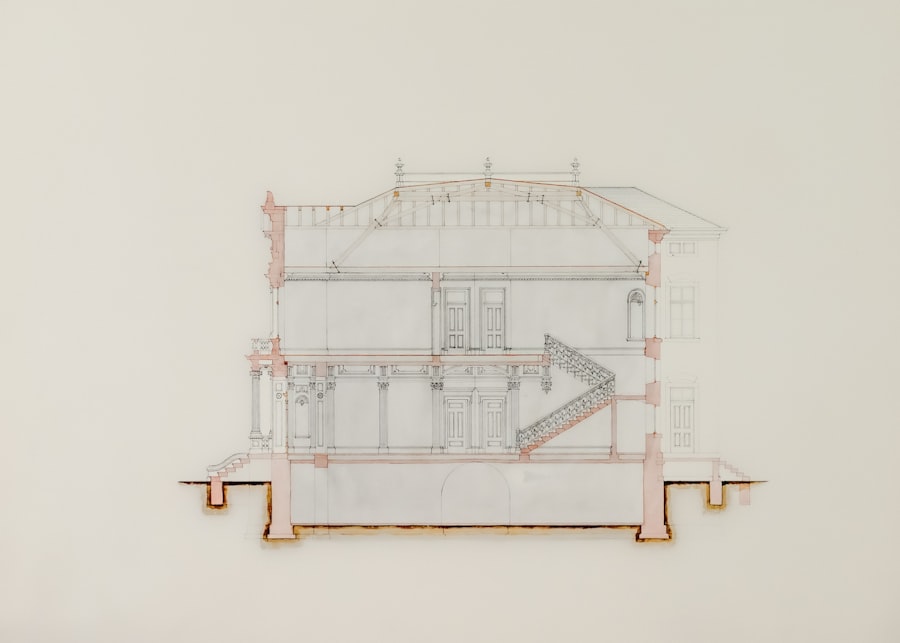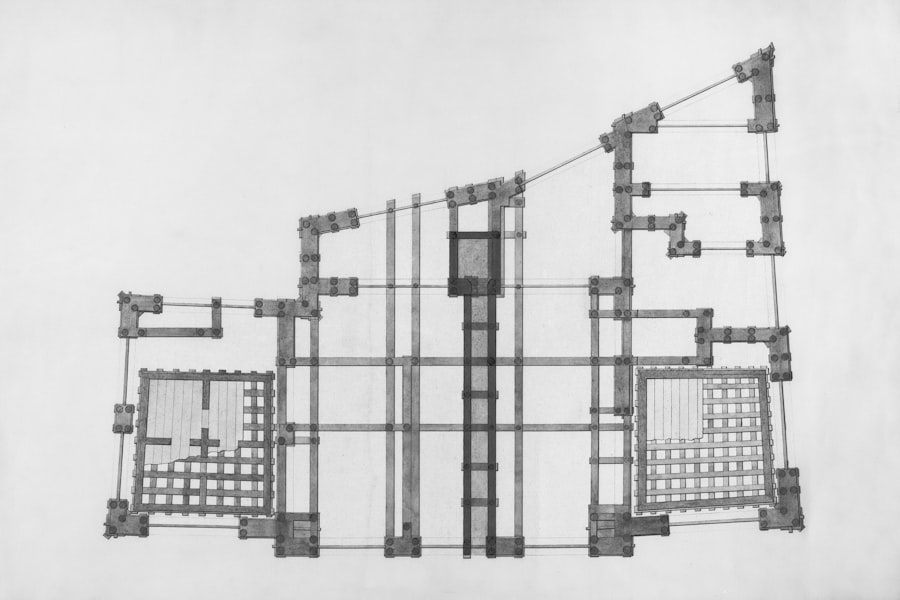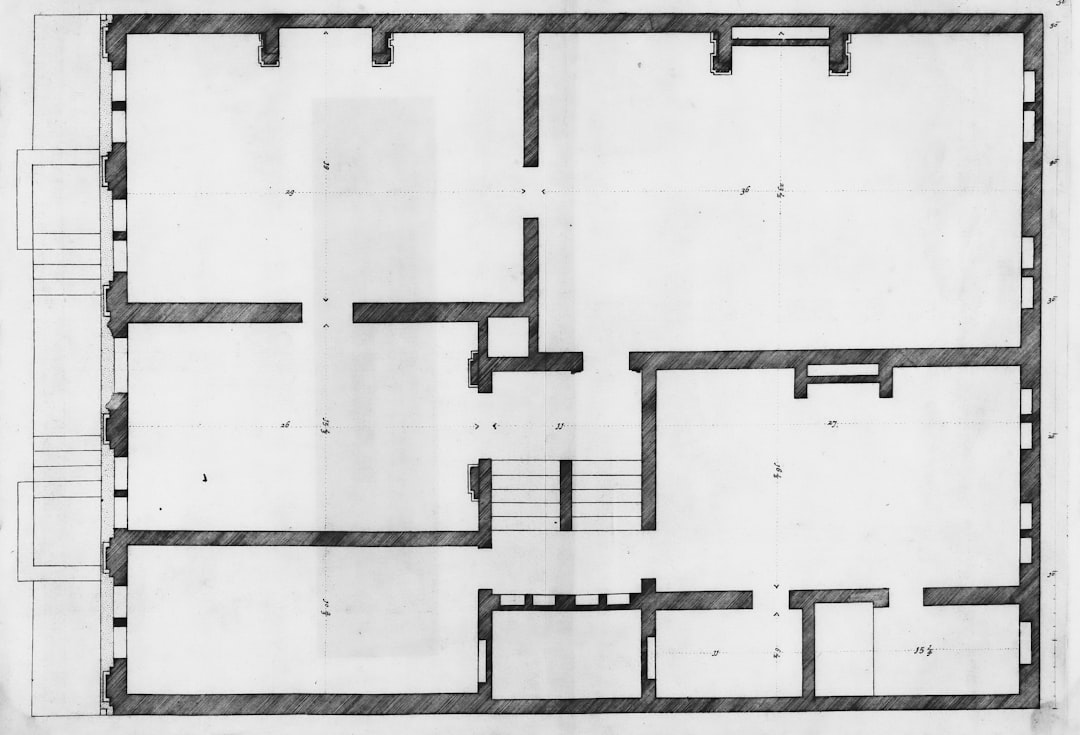Technical drawing is a specific type of drawing used to show ideas, concepts and technical solutions in a precise and clear way. This discipline includes various techniques and methods that enable engineers, architects and designers to convey their ideas in the form of drawings that can be easily understood and interpreted. Technical drawing is often used in industry, construction and manufacturing, where accuracy is critical to project success.
Basically, technical drawing is the bridge between creativity and functionality, enabling professionals to turn their ideas into reality. Within technical drawing, there are different styles and standards that are used depending on the specific requirements of the project. For example, orthogonal drawing, isometric drawing, and perspective drawing are just some of the styles used for different purposes.
These styles allow objects to be displayed from different angles and with different levels of detail. Also, technical drawing involves the use of various tools, such as rulers, templates, and computer-aided design (CAD) software, which help achieve high accuracy and professional-looking drawings.
Key Takeaways
- Technical drafting is the process of creating precise technical drawings that are used in engineering and manufacturing.
- High school technical drawing programs in America include learning basic drafting skills, using CAD software, and understanding technical specifications.
- Technical drawing fits into STEM education through the development of problem-solving skills, creative thinking, and the practical application of math and science.
- The importance of technical drawing in the modern world is reflected in the creation of innovative products, the advancement of technology and the effective resolution of engineering challenges.
- Careers that can be pursued with technical drawing skills include engineers, architects, product designers, and CAD software technicians.
- Technical drawing plays a key role in technological progress through the development of new products, machines and systems.
- To prepare for studies or a career in the field of technical drawing, the acquisition of knowledge in mathematics, physics, CAD software and practical drawing skills is important.
Technical drawing programs in high schools in America
In the United States, many high schools offer technical drawing programs as part of their curricula. These programs are often part of a broader educational framework that focuses on STEM (Science, Technology, Engineering and Mathematics) education. Within these programs, students have the opportunity to become familiar with basic drawing techniques, as well as modern tools and software used in the industry.
Through practical projects and assignments, students develop their skills and gain knowledge that will be useful in their future studies or careers. In addition to basic technical drafting skills, many programs also include courses that focus on specific areas, such as architectural drafting, mechanical drafting, or electrical drafting. These courses allow students to explore different aspects of technical drawing and to find the area that interests them most.
Also, many schools organize competitions and projects that encourage creativity and innovation among students, giving them the opportunity to demonstrate their skills and knowledge in real situations.
How technical drawing fits into STEM education

Technical drawing plays a key role in STEM education because it connects theoretical knowledge in science and mathematics with practical skills in engineering and technology. Students involved in technical drawing develop the ability to analyze and solve problems, which is essential for success in these disciplines. Through project work, students learn how to apply mathematical concepts to create accurate drawings and models, strengthening their understanding of theory.
In addition, technical drawing encourages creative thinking and innovation, which are also key elements of STEM education. Students are encouraged to explore new ideas and approaches when making their drawings, which can lead to the development of new solutions to existing problems. This synergy between creativity and analytical thinking makes technical drawing an essential part of education that prepares students for the challenges of the modern world.
The importance of technical drawing in the modern world
In today's world, technical drawing is essential for many industries and sectors. With the constant advancement of technology and growing demands for innovation, the ability to accurately represent ideas is becoming increasingly important. Technical drawing enables engineers and designers to communicate complex concepts in a clear manner, which is critical to the success of projects in fields such as construction, manufacturing and the automotive industry.
Also, technical drawing plays an important role in sustainable development and environmental protection. Through careful planning and design, experts can develop efficient systems that minimize impact on nature. For example, architects use technical drawing to design buildings that are energy efficient and environmentally friendly.
In this sense, technical drawing not only contributes to economic development, but also helps to conserve resources and improve the quality of life.
Careers that can be achieved with knowledge of technical drawing
Knowledge of technical drawing opens doors to a variety of careers in various industries. Many professionals use technical drawing skills as a foundation for careers in engineering, architecture, or product design. For example, mechanical engineers often use technical drawings to develop new machines or systems, while architects use these skills to create plans for buildings and other structures.
In addition, product designers use technical drawing to create prototypes and models of their ideas. Apart from traditional careers in engineering and architecture, technical drawing knowledge can be useful in fields such as graphic design, animation or even video games. In today's digital world, the ability to visualize ideas through technical drawings can be a key hiring advantage.
Many employers are looking for candidates who have the ability to combine creativity with technical knowledge, and technical drawing skills are often the first step towards achieving those goals.
Technical drawing and technological progress

Technical drawing is inextricably linked to the technological advances that shape our world. With the development of new computer-aided design (CAD) tools and software, the process of creating technical drawings has become faster and more efficient than ever before. These tools allow experts to create complex models with high precision, which is especially important in industries where every detail matters.
Technological advances also allow for easier collaboration between teams, as digital drawings can be easily shared and edited. In addition, technological progress has led to the development of new methods of displaying information through 3D modeling and virtual reality. These technologies allow experts to visualize their ideas in a completely new way, which can improve the design and decision-making process.
In this sense, technical drawing not only adapts to new technologies, but also plays a key role in shaping the future of industries that depend on the accurate representation of information.
How to prepare for studies or a career in technical drawing
Preparing for studies or a career in technical drawing requires dedication and passion for the discipline. The first step is to acquire basic knowledge of technical drawing through courses or self-study. Students should explore different styles of technical drawing and become familiar with the tools used in the industry.
Also, working on practical projects is recommended to develop the skills needed to succeed in this field. In addition to formal education, it is important to develop creativity and innovation through various activities. Participating in competitions or workshops can help students improve their skills and gain experience that will be useful for employment.
Also, networking with industry professionals can open doors to new opportunities and help students better understand the demands of the job market. Finally, continuing education through additional courses or certifications can significantly improve the prospects for success in a technical drawing career.
If you are interested in education in the United States, especially technical drawing in high schools, you may also be interested in the article about visa services that can facilitate the process of applying to study in America. You can find more detailed information on how to apply for a student visa and what procedures are required at the following link: Visa Service. This resource can be of great benefit to anyone planning their education abroad, especially in the US.
FAQs
1. What are the types of high schools in America?
There are different types of high schools in America, including public schools, private schools, boarding schools, religious schools, and specialized schools such as technical schools.
2. What is technical drawing and how is it taught in high schools in America?
Technical drafting is a discipline that focuses on drawing technical drawings and plans used in engineering and manufacturing. In high schools in America, technical drawing is usually taught through special courses or programs that focus on developing drawing skills and understanding of technical drawings.
3. What subjects are included in the technical drawing program in high schools in America?
A high school technical drawing program in America usually includes subjects such as drafting fundamentals, technical drawing, CAD (computer-aided drafting), engineering fundamentals, materials and processes, and practical exercises in drafting and designing.
4. How is technical drawing used in industry and the professional world?
Technical drawing is used in industry and the professional world to create accurate technical drawings, plans and diagrams used in engineering, architecture, manufacturing, construction and other technical fields. These drawings are critical to understanding and communicating product and process design.

